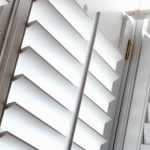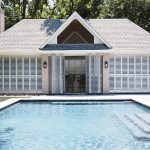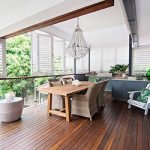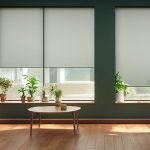Timber Species
There are two types of lumber: softwoods, which are usually conifers like pine, spruce and cedar, and hardwoods, which come from flowering trees like teak, maple and walnut. Softwoods, as the name suggests are easily marked and dented, and therefore not suitable for shutters. Hardwoods on the other hand, are strong and stable, and perfect for quality wood shutters and other fine furniture pieces. Because hardwood is slow growing, it is more expensive.

The most common hardwoods used for shutters are poplar, basswood, and paulownia (i.e. phoenix wood). Poplar is easy to work with, pale in color, and has a nondescript wood grain. It is also fast growing and therefore the most economical choice for painted shutters. Basswood has a beautiful, fine, even grain, and absorbs pigment well, making it the best for stained shutters. Paulownia, native to China, is light and fast growing. It is the softest hardwood used in making shutters and is more susceptible to warping and moisture changes.
From Log to Louver
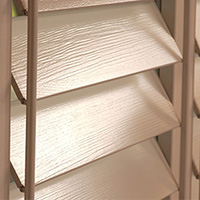
Making a quality wood shutter is a multi-stepped and laborious process. It takes an average of 5 man-hours from tree to truck to produce a single panel.
The process begins when trees are harvested and cut into boards, which are then graded depending on the amount of knots and defects. The lumber is then carefully kiln dried to ensure it won’t crack, bleed or warp, and to bring it to its peak of structural integrity. Next the boards are molded into lengths of specific shapes like elliptical louvers or decorative frames. And finally, the molded lengths are sealed, sanded and painted to prevent moisture from getting in or out, and to achieve the color and texture finish required. In some applications sanding and painting is repeated up to 7 times to attain the desired finish.
What is Engineered Lumber?
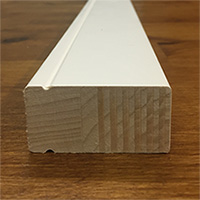
To keep costs down and/or to improve a shutter’s structural integrity, painted (not stained) shutters will often use a version of engineered lumber.
Laminating and finger-jointing, often used together, are two engineering techniques used to prevent warping and build strength. With laminating, the lumber may be cut into long strips, flipped and then glued back together. With finger jointing smaller pieces of wood are glued together in a saw-tooth join. These techniques not only protect the woods integrity, but also reduce cost because smaller pieces allow for more of the board to be used.
Particleboard is another popular engineered wood. It is made by gluing together wood chips and sawdust to re-create a piece of lumber. It is very heavy, not very stable, and prone to expansion, especially when exposed to moisture. It is however, very cheap to produce.
Another way manufacturers reduce costs is to use laminated veneers, which means a thin premium wood skin is glued over the top of a cheaper wood or particleboard. Despite the veneer, it is only as good as its cheaper sub-layer.
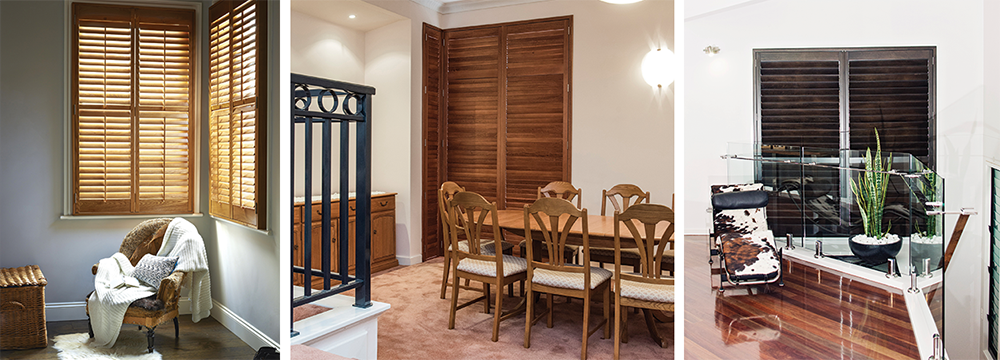
Wood as a living material has it challenges being susceptible to defects and changes, but it is all part of the craftsmanship required to achieve the warmth and appeal of real wood products in our home.



